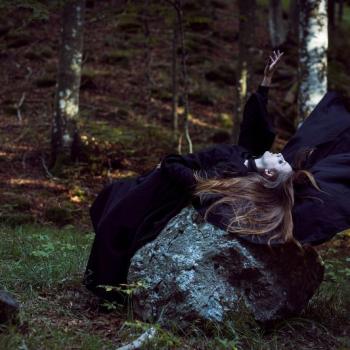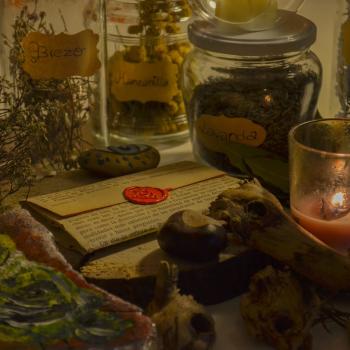I can remember the wonder of watching lightning bugs illuminate the trees surrounding my childhood home. Like fairy lights dancing over and through the leaves in the heat of a Summer’s night. Their appearance brought so much excitement in their wake.
The magick got up close and personal when my aunt gave me a glass jar with holes punched into the metal lid (thanks to a hammer and nail) while visiting her farm in Missouri. My cousin demonstrating how to capture the small creatures as they moved over the grass, so I could peer at the flashing insects up close before releasing them to their night-time activity.
A Facebook friend has reminded me how much I love these tiny creatures. Therefore, I thought I’d write about the beauty and mystery of lightning bugs.
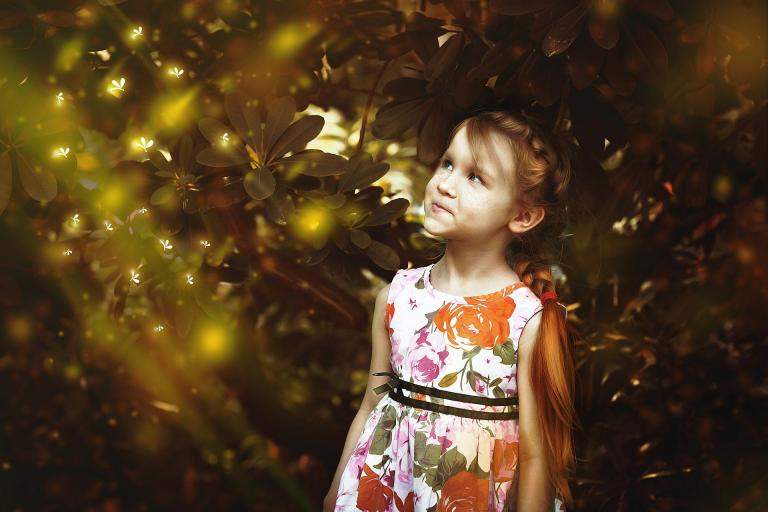
Lightning Bug Science
Lightning bugs, or fireflies if you prefer, still inspire joy and childhood glee within me. In fact, my husband called me out to the porch when he noticed this year’s evening crew in June because he knew I’d enjoy watching them. Which is true. Even though I no longer chase them down, I find great pleasure in watching these luminous insects for the short time they are in flight.
Why are lightning bugs so fascinating? Probably the fact they light up is a good place to start. Twinkling over grasses and amongst branches of lush green trees at night brings a startling beauty. A glittering night sky brought down to us, as it were. There is a sense of magick or the fae about them, even though their light is explained through ordinary methods of examination.
Some interesting scientific facts about lightning bugs:
- They are a kind of winged, nocturnal beetle (which I didn’t know so cool to learn).
- Not all lightning bugs (fireflies) glow but those that do mix oxygen with luciferin, which is an organic substance that causes the reaction of bioluminescence we enjoy. Light without heat.
- The blinking light used by the males attracts a female. There are even patterns to the flashes within the mating dance. The females watch from the ground and flash when there is interest. Although it’s not all love and romance. In some species of fireflies, the females eat the males. Yikes.
- In addition to attracting a mating partner, the light fireflies cast is meant to ward off critters that might eat them. And it doesn’t hurt that they taste bad as well.
- Firefly larvae eat snails, slugs, etc. As they mature they may eat nectar, pollen, or nothing at all (except some species are cannibals, eating other fireflies).
According to Pestworld.org (from which the above information has been gleaned), humans are most responsible for the decline in fireflies. Light pollution interrupts their mating habits causing a disruption in their habitats. And these little bugs do not relocate, they vanish.
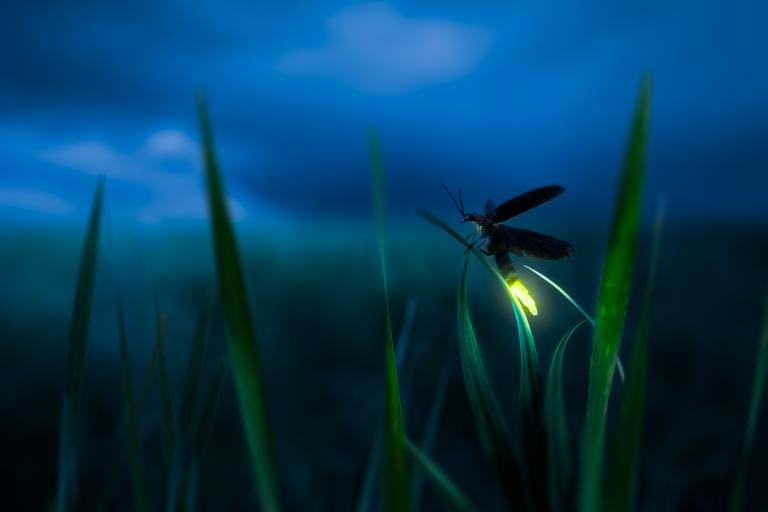
What’s The Big Deal?
Perhaps you’re wondering what’s the big deal if lightning bugs (aka fireflies) are disappearing? They are just bugs! Except they are not (technically — not bugs), and as with most things, these small creatures have a role within the eco-system. In this case, one that is favorable. Living near the ground, laying their eggs in the soil, they are natural predators of various pests and great to have around a garden or farm fields.
They serve a useful purpose which is why their disappearance is troubling. As someone who has a garden and grows herbs, I welcome these little creatures and thank them for their assistance in controlling other insects that might otherwise destroy my crops (small though they are). Just another reason to shun pesticides and opt for organic methods of growing things or pest control in the yard and garden. An eco-friendly way of living that also jibes with being a Green Earth Witch.

Lightning Bug Lore
Just as there is a natural sense of magick surrounding lightning bugs, there is lore to go with them as well. For myself, I’ve always thought they have always brought to mind fairies. According to MoodyMoons.com, they are considered by some a correspondence within Fairy Magick/Tradition.
In an article for LearnReligions.com, Patti Wiggington shares information about Chinese, Japanese, and Native American lore regarding lightning bugs, including a tale of a fire stealing fox. She cites that long ago, Chinese children may have enclosed fireflies in glass lanterns for night-time light. Patti also mentions an association with fireflies to Diana and the moon in Summer.
Lightning Bug Magick
For me, lightning bugs have always inspired curiosity, hope, joy, and child-like wonder. If these are intentions needed in ritual or spellwork, invoke Lightning Bug as an ally.
Another way to connect with the firefly spirit is to ask for spiritual or emotional illumination. The spirit of lightning bug/fireflies is a natural guide, especially when our path seems hampered by darkness or uncertainty.
Since bioluminescence works toward the purpose of attraction, Firefly Spirit can be asked for assistance in attracting love, good fortune, health, etc. They can also be used to symbolize light or fire in spellcraft or ritual.
You can now buy strings of small-sized battery-operated “fairy lights.” Purchase a strand or two then place them in a jar or string them around your altar as a representation of Lightning Bug.
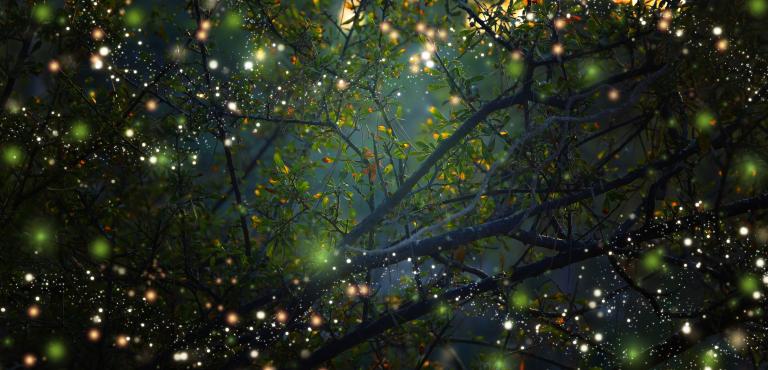
Stop To Watch the Light Show
It seems that people have always been enchanted by lightning bugs. I find it sad that there are fewer of them now. We’ve noticed that those bringing their glow to our yard this year are few in number. But we watched them with gladness all the same. Thankful for their presence.
Take time to glory in Lightning Bug, those glowing dancers of Summer’s twilight. Better yet, make merry with them while you can. And if you capture one for your children or self, be sure to let it free in quick order. But whatever you do, don’t miss the opportunity to connect and work with Lightning Bug.









